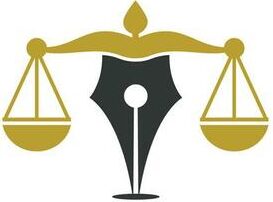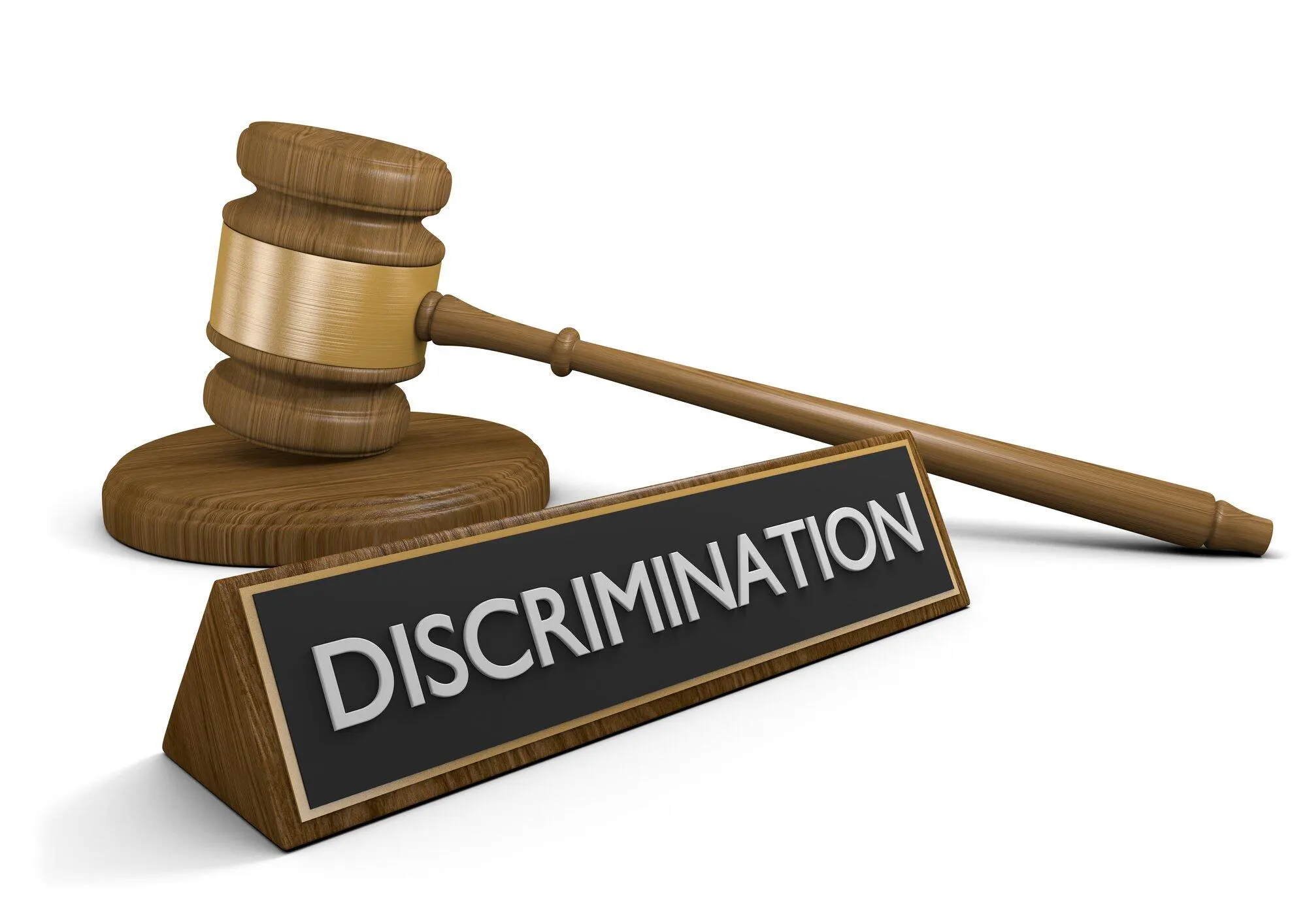Have you ever felt unfairly treated at work because of who you are? Imagine going to work every day, only to face discrimination that belittles your identity, skills, and contributions.
Unfortunately, this is a harsh reality for many. But here’s the good news! The legal system offers a path to justice.
This guide will walk you through the legal labyrinth of filing a discriminatory workplace lawsuit. From employment rights to landing in the courtroom, we’ve got you covered.
Ready to take a deep dive into the legal process? Let’s get started!
Understanding Your Employment Rights
Before diving into the legal process, it’s crucial to understand your rights. These are the basic protections that every employee is entitled to under federal and state laws. Some of these rights include:
- equal pay for equal work
- freedom from discrimination
- protection from harassment and retaliation
- the right to a safe workplace
These entitlements are protected by various laws such as:
- Civil Rights Act of 1964
- Americans with Disabilities Act
- Age Discrimination in Employment Act
It’s essential to familiarize yourself with employment laws and understand how they apply to your specific situation. This will be helpful when determining if you have a potential claim for a discriminatory lawsuit.
Gathering and Documenting Evidence
Once you have a good understanding of your employment rights, the next step is to gather proof to support your claim. This evidence can include:
- emails or other written communication
- performance evaluations and salary history
- witness statements
Any documentation will be valuable in building a strong case. However, it’s crucial to keep in mind that documentation must be relevant and admissible in court.
Additionally, make sure to document any incidents of discrimination or harassment as they occur. This will help create a timeline of events and provide a more accurate representation of your experience.
Filing a Complaint for Workplace Equality
If you believe your rights have been violated, the next step is to file a formal complaint with the appropriate government agency. Make sure to review and follow all necessary procedures and deadlines.
These may vary depending on your specific situation and location. For example, if you are filing a discrimination claim with the EEOC, you must do so within 180 days of the incident.
It’s crucial to have all your evidence ready when filing a complaint. Oftentimes, the agency will conduct an investigation and determine if there is enough evidence to proceed.
Seeking Legal Representation
Seeking legal representation is a crucial step. You need the help of employment discrimination lawyers to guide you through the complex legalese and lawsuit proceedings.
To find the right lawyer to protect your rights throughout the legal process, make sure to do your research and choose someone experienced in handling similar cases. They will help you to:
- assess the strength of your case
- navigate the legal process
- represent you in court
Plus, many lawyers offer free consultations, so don’t hesitate to seek advice and discuss your options.
Preparing for Your Workplace Lawsuit
Facing discrimination at work can be daunting, but you’re not alone. Leading employer discrimination lawyers all across the country will be ready to stand up for your rights and ensure you get the justice you deserve. No one should be discriminated against by their employer, so make sure that you know exactly what is and isn’t appropriate behavior. This guide aims to empower you with knowledge and resources to stand up for your rights.
Your courage to fight a discrimination workplace lawsuit is a beacon of hope for many. So stay strong, document everything, and seek legal help when needed. Remember, the legal system is here to protect you, and justice will prevail.

